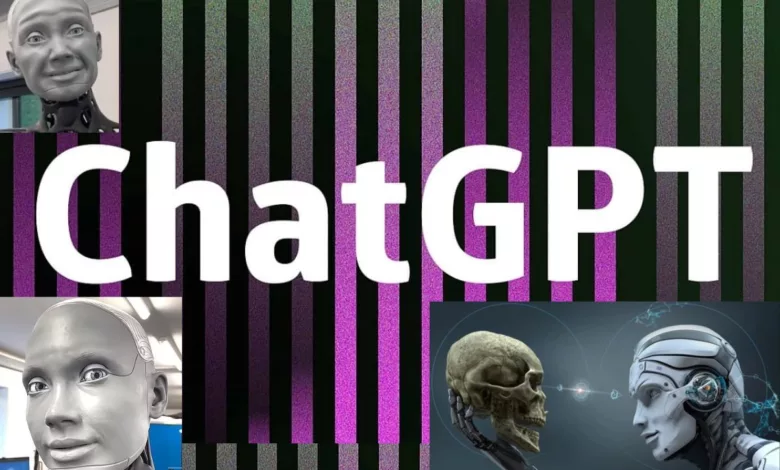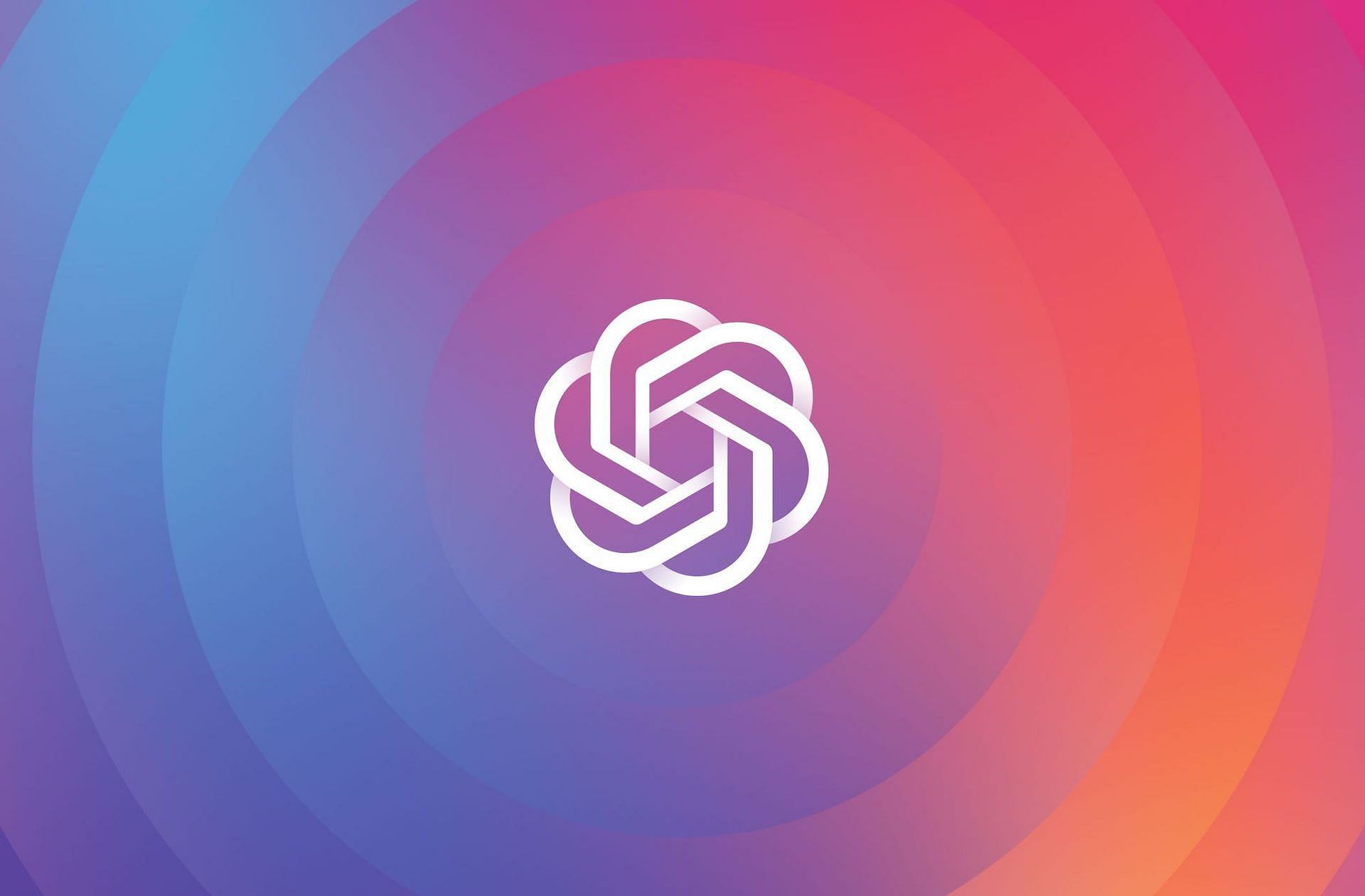ChatGPT Ignites An AI “Gold Rush” In Silicon Valley
Latest app craze in Silicon Valley is ChatGPT.

Investors are frantically looking for the generative AI innovation that will be the next great thing. Big tech is entering a new era, and ChatGPT is the most popular app in Silicon Valley right now.
Even though artificial intelligence (AI) has long been a part of daily life, the release in November 2017 of a talking robot developed by a startup Public and investor perceptions of AI has changed as a result of OpenAI.
On occasion, platforms will arise and launch a flood of new firms. “We were shown this by the internet and mobile devices, and AI may be the next platform,” said Shernaz Daver of Khosla Ventures in California.
to generate original content such as a picture, a poem, or a thousand-word essay in just a few seconds in response To respond to a simple request, generative AI, such as ChatGPT, sifts through mountains of data. Being among the fastest-growing applications ever since its covert debut November, ChatGPT has forced Microsoft and Google to deploy projects more For fear that the technology wasn’t yet ready for the wider public, they moved more quickly than they had intended.
A partner at a rival startup finance company, SignalFire, named Wayne Hu, said that “just five days after its inception, a million people utilized ChatGPT—nearly 60 times quicker than it took Facebook to gain one million members.” Millions of knowledge worker jobs are likely to be lost, as are trillion-dollar industries, and investors believe there has been a fundamental shift in the way we absorb and consume information, he said.
When thousands of layoffs hit both the largest companies in the world and smaller ones that are battling to survive, the tech sector would otherwise be dead. According to Daver, valuations and financing for generic AI startup firms are not declining. According to Hu, market values for generative AI startups have been fairly high, although they have declined for everything else.
Generative AI-focused entrepreneurs assert that they no longer need to yell for attention while seeking investment or detailing the contents of their offer. The founder of the start-up Seek AI, Sarah Nagy, allows non-specialists to access technical information in a database with queries written in everyday language, and they commented, “It’s helped us.” Before ChatGPT, she said, “I had to explain what generative AI is and why it is important.” Currently, users other than investors are ravenous for ChatGPT-like functionality.
Nagy continued, “Consumer demand has considerably increased.” It’s challenging to keep up because we’re still a bit firm. Notwithstanding the trend toward employee reductions, Daver asserts that the generative AI entrepreneur intends to increase her workforce even if “we are actively hiring” in that field. In particular, Microsoft, which has invested in and collaborated with OpenAI, and Google, which is trying to catch up, has dominated the news over the past several weeks.
Kognitos, situated in California, aims to automate administrative tasks, and Poly, a design platform, are two further examples of recent investment rounds in companies that can quickly produce 3D visualizations or maps. Internet goliaths like Google, which just invested $300 million, or the “rush” for designers to put ideas into action, which might be unmatched and go well beyond generative AI.
You no longer need a Stanford Ph.D. since any developer can build something amazing in one weekend on top of ChatGPT and other base models. Hu thinks that this AI wave may be more important than the cloud or mobile, similar to the Industrial Revolution, which drastically changed the course of human history, than to earlier revolutions.
Reasons why companies should spend money on AI and ML resources
Modern technology known as artificial intelligence (AI) aspires to give roRobots human intellect. An important aspect of artificial intelligence called machine learning (ML) teaches computers to learn from experience rather than from a pre-established set of rules. They may then create statistical and analytical models that allow them to imitate human behavior.
Hyper-automation will lead to more productive operations.
Hyper-automation is the primary engine driving the digital revolution in 2023. Gartner predicts that by 2024, enterprises will have deployed at least three of the twenty software solutions that enable hyper-automation due to the increased interest in this technology.
Businesses can use hyper-automation to more efficiently coordinate and automate activities, as well as build an ecosystem that solves and eliminates operational inefficiency or “efficiency debt. “For instance, resource utilization is reduced via technology related to hyper-automation. AI and machine learning (ML) can detect changes in data, identify problems immediately, assist organizations in resource management, and predict how the environment will impact their operations.
Hyper-automation enables humans and machines to coexist productively, with roRobots doing laborious manual jobs and people focusing on more important, strategically important activities. When trust is low, Robots will instantly navigate to humans to assure the correctness and speed of the automation flow. Moreover, Robots can automatically start and finish each other’s duties. Even if this process continues with high accuracy and minimal disturbance, humans may still flexibly intervene to assess and modify the information as necessary.
Using quantum computing to its fullest extent
A wide range of companies and academic disciplines might be greatly impacted by the merging of AI with quantum computing (QC). Because of the enormous potential benefits of QC, several organizations are already making significant investments in its development. The estimated value of the global QC market by 2026—$11.5 billion—shows the expanding need for this technology.
Researchers are enhancing QC to create systems that are less prone to mistakes. It’s important to acknowledge that many issues surrounding quantum supremacy remain unresolved, particularly about AI algorithms. ML and quality control, as a subset of AI and QC, pave the way for data processing and modeling that more nearly mirror the complexity of the universe.
According to research, quantum computers may be able to significantly increase the energy efficiency of high-level computation by employing “quality” qubits, which are currently not widely available. The finest supercomputers now in use cannot compete with the potential performance of the quantum computer for some workloads. As a result, this technology is likely to receive more attention this year.
Transparency and decision-making will improve thanks to ethical AI.
Companies are becoming conscious of the need for explainable AI to improve transparency, uncover weaknesses in automated decision-making processes, and raise responsibility. Moreover, the technology increases the adoption of AI across the whole organization since it makes workers feel more comfortable when AI models offer justifications and rationale in addition to projections. This would gain a lot of popularity in fields like healthcare or financial services where you’d need to understand and justify suggesting a course of treatment, making a diagnosis, or the basis for denying a loan application.
AI ethics will play a bigger role as companies figure out how to eliminate bias and injustice from their automated decision-making systems. Biased data has been shown to produce prejudice in automated results, which has the potential to lead to unjust treatment and discrimination. This is unacceptable in the future when AI affects judgments about healthcare, justice, and employment opportunities.
AI will transform content.
This year, “generative AI” and “creative AI” tools became quite popular, and they will continue to amaze us in 2023. Ingenious AI algorithms mix pre-existing images, films, and sounds to produce new visual content. Although artificial intelligence (AI) has long been capable of producing artistic works such as music, painting, and literature, its ability to emulate human creativity and aesthetic expression has just recently evolved.
This eliminates the need to spend years refining a particular skill set and enables seasoned developers to broaden their creative abilities. For instance, a budding music producer may use generative AI to create beautiful record artwork without hiring a graphic designer or learning essential skills.
Moreover, natural language processing (NLP) generates models that might be used to enhance search engine results, chatRobots, and business applications. The large-scale deep learning model Transformer 3 was used, which was pre-trained to create writings that resembled human writing.
The third-generation GPT-3 language prediction model currently generates 4.5 billion words per day on average. GPT-4 is connected to the extra expectations of users of this type of model and is meant to go beyond the parameters of the sample from the previous generation. In 2023, it will be used more often to create synthetic data that businesses may utilize for a range of objectives.
edited and proofread by nikita sharma




